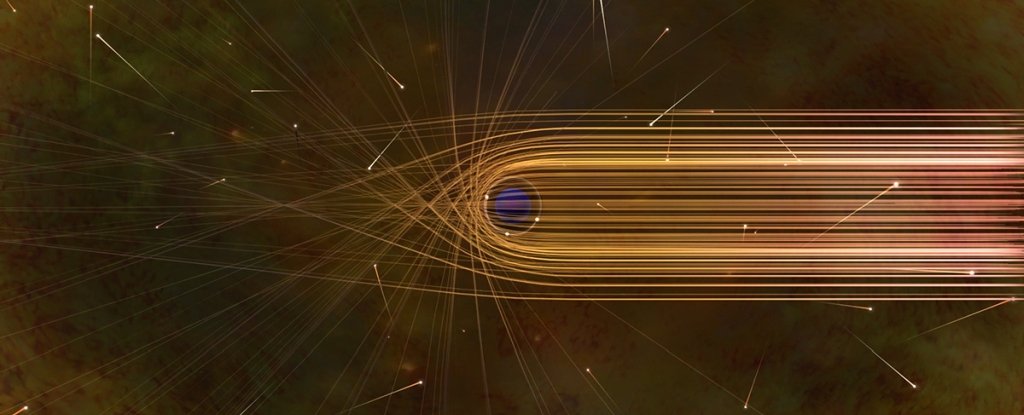
Have you ever wondered about the mesmerizing reflections of the Universe surrounding black holes? Well, astronomers have recently decoded the celestial puzzle! In July 2021, Albert Sneppen, a physics student at the Niels Bohr Institute in Denmark, devised a set of equations to precisely depict the warped light reflections near black holes.
The proximity of each reflection hinges on the angle of observation relative to the black hole and the black hole’s spin rate, as per Sneppen’s mathematical solution. It’s not just cool; it’s groundbreaking! This revelation not only adds to our cosmic awe but also introduces a new tool for exploring the gravitational intricacies around these celestial wonders.
“There is something fantastically beautiful in understanding why the images repeat themselves in such an elegant way,” Sneppen said in a 2021 statement. Moreover, this breakthrough offers fresh opportunities to scrutinize our comprehension of gravity and black holes.
Black holes are renowned for their intense gravity, surpassing the point where even light, the fastest entity in the Universe, can achieve escape velocity. This critical point is the event horizon, defined by the Schwarzschild radius, explaining why not even light can escape the clutches of a black hole’s gravity.
Just beyond the event horizon, the environment gets seriously intriguing. The gravitational field is so potent that it shapes space-time into almost perfect circles. Photons entering this space follow the curvature, creating a visually captivating warped and bent light path.
At the inner edge, just outside the event horizon, a phenomenon known as a photon ring comes into view. Photons orbit the black hole multiple times before making a choice – succumbing to the black hole’s gravitational pull or making a daring escape into space. This results in the magnification, distortion, and ‘reflection’ of light from distant objects behind the black hole, a phenomenon known as a gravitational lens – a valuable tool for studying the cosmos.
Scientists have long observed that the closer you peer toward a black hole, the more reflections of distant objects emerge. Sneppen’s ingenious approach involved reformulating the light trajectory using second-order differential equations. This not only mathematically explains why images repeat at distances of e2π but also extends to rotating black holes, where the repeat distance is contingent on the spin.
“It turns out that when it rotates fast, you no longer have to get closer by a factor of 500, but significantly less,” Sneppen highlighted. In theory, infinite rings of light encircle a black hole, though observing this phenomenon remains a challenging feat, as demonstrated by the intricate imaging of the light ring around the supermassive black hole Pōwehi (M87*).
Theoretically, though, there should be infinite rings of light around a black hole. Since we’ve captured the shadow of a supermassive black hole once, obtaining clearer images seems inevitable, with plans already in motion for capturing the elusive photon ring.
One day, these infinite reflections close to a black hole could become a powerful tool for studying not only the physics of black hole space-time but also the enigmatic objects concealed behind them – a perpetual spectacle of infinite reflections in cosmic orbit.
The research findings are detailed in Scientific Reports. Explore the wonders of the cosmos as we delve into the infinite reflections near these cosmic marvels, unlocking the mysteries of the Universe.





